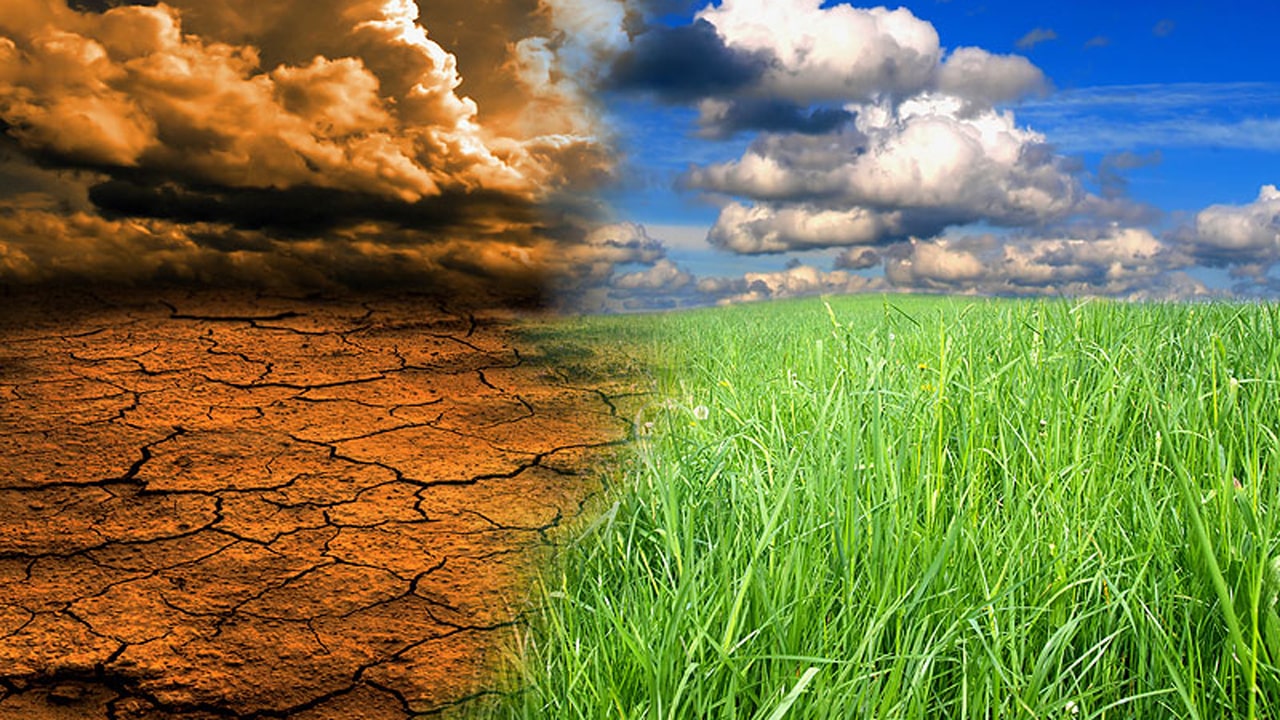A recent study by MIT says nearly 1.5 bn people in India, Pakistan, Bangladesh are likely to face deadly heat waves within the next few decades due to climate change, exposing them to unsurvivable temperatures.
South Asia, where one-fifth of the world’s people live, could face summer heat waves that are impossible to survive without protection, thanks to global warming, the research suggests.
The study shows that on the current trajectory of carbon emissions these deadly heat waves could hit the region within a few decades with potentially devastating impacts on the fertile Indus and Ganges River Basins that produce much of the region’s food supply.
“Emission cuts will make a big difference in the lives of the most vulnerable people in the region. This is not an abstract concept,” said Eltahir.
The study, published in Science Advances, used state-of-the-art climate models to project potential future heat and humidity in South Asia, already one of the warmest regions of the world.
Hot weather’s most deadly effects result from a combination of high temperature and high humidity, called a wet-bulb temperature. A temperature of 94 degrees Fahrenheit (34.4 degrees Celsius) and 80% humidity produces a wet-bulb or “feels like” temperature of 129 degrees Fahrenheit
(53.9 degrees Celsius) on the NOAA National Weather Service Heat Index. This is considered extremely dangerous without some way to cool down.The study shows that by century’s end the most extreme, once-in-25-years heat waves would increase from wet-bulb temperatures of about 31 to 34.2 degrees Celsius. According to this study, by 2100 that will increase to about 70% of the population, and about 2% of the people will sometimes be exposed to the survivability limit of 35 degrees.
While an earlier report from researchers showed that this survivability limit would start to be exceeded occasionally in the Persian Gulf region by the end of this century, actual readings there in the summer of 2015 showed that the 35-degree wet-bulb limit had almost been reached already, suggesting that such extremes could begin happening earlier than projected. The summer of 2015 also produced one of the deadliest heat waves in history in South Asia, killing an estimated 3,500 people in Pakistan and India. Yet, India and China remain two countries where emission rates of greenhouse gases continue to rise, driven mostly by economic growth, Eltahir said.
The region is important agriculturally, it is not just those directly affected by the heat who will suffer, Eltahir said. “With the disruption to the agricultural production, it doesn’t need to be the heat wave itself that kills people. Production will go down, so potentially everyone will suffer,” he said.
The work is just one aspect of how climate change is exacerbating global inequality, and figures to continue doing so for the foreseeable future. Richer people and countries will be better equipped to adapt. And in a cruel twist, some nations such as northern Europe, might actually get a boost in GDP as their cold climates get increasingly balmy. But around the world, the overwhelming story will look a lot like what India is already experiencing.
An awful lot of people are going to be worse off and, unless drastic measures are taken, too many of them will lack the resources they need to do much about it.



























